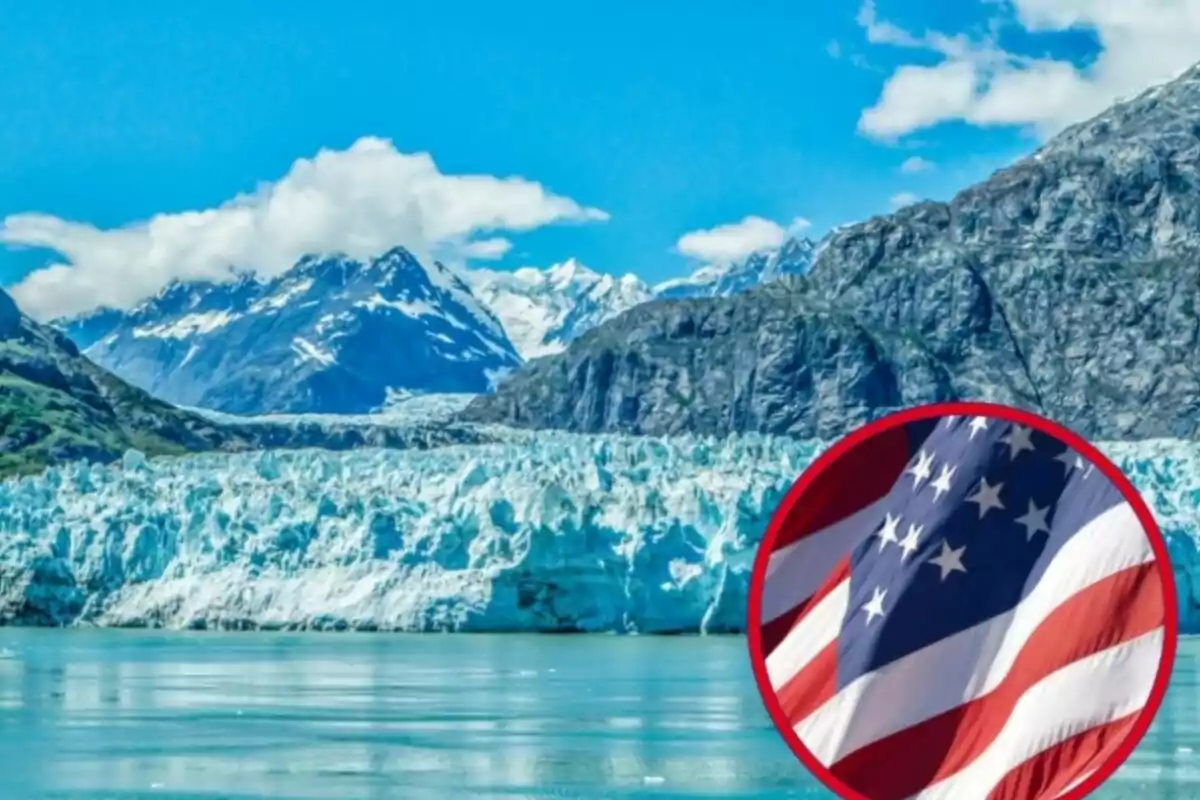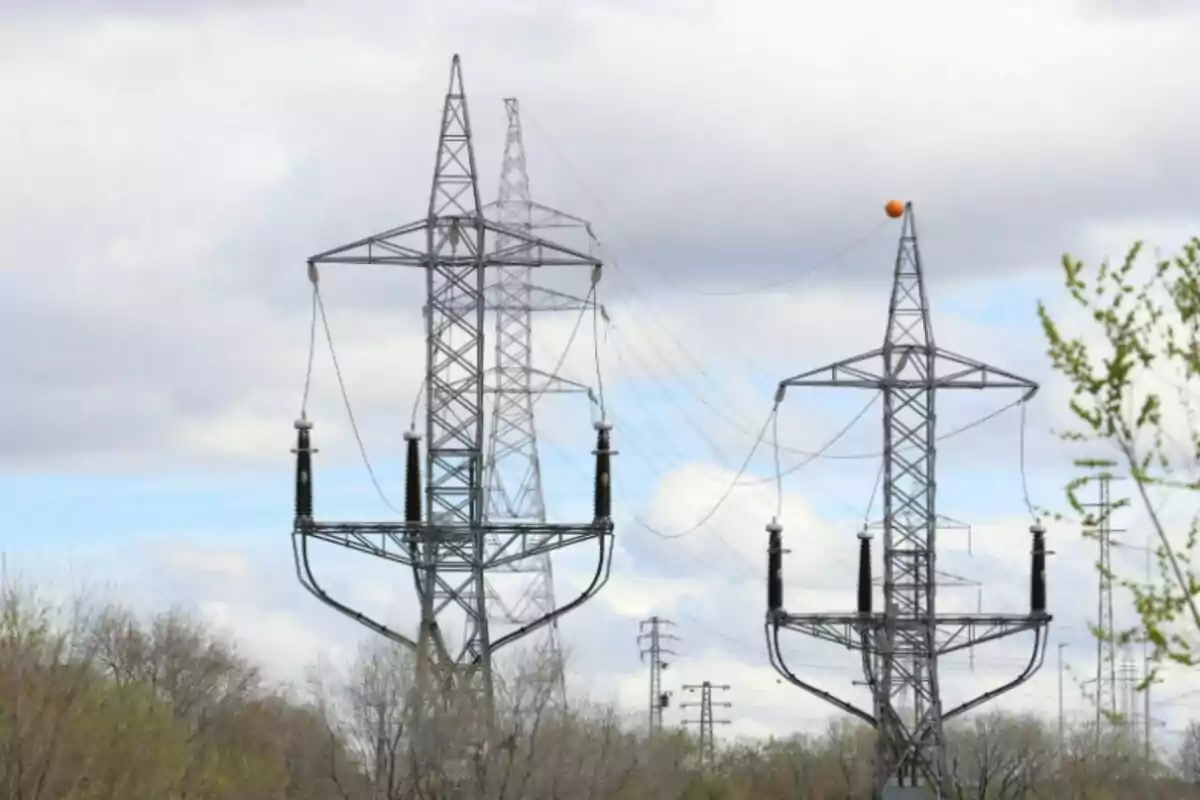For years, the United States has sought ways to break free from fossil fuels. Billions have been invested in drilling, wind farms, and solar panels. But now, the next big step may be flowing quietly beneath layers of ice in Alaska.
Incredibly, rivers like the Yukon don't stop even during the coldest winters. Beneath the ice, the water keeps running. With it flows a constant and underutilized source of energy: hydrokinetic energy.
This type of energy doesn't require dams or large-scale works. It only needs to harness the power of moving water. The best part: it works 24 hours a day, all year round, even when there's no sun or wind.
Silent technology: Gigantic impact
The key lies in turbines specially designed to operate underwater, even in areas where the river is frozen on the surface. They're called RRBT (Reversible Blade Reactive Turbines). They don't make noise, they don't destroy the environment, and they don't need large infrastructures.

These turbines can be installed in slow-moving rivers, which makes them ideal for regions like Alaska, where communities are far from the main power grid. With just a few units, an entire village could have light, heating, and internet all year long.
According to studies from the University of Alaska Fairbanks, this technology could generate up to 1,100 terawatt-hours per year. To put it in perspective: that's almost a third of all the electricity the United States consumes.
A life-changing shift for thousands of people
In many northern regions, electricity still arrives in diesel drums transported by air or river. It's expensive, polluting, and unreliable. A storm can leave a community without power for days. Hydrokinetic energy could change all that.
Local communities would not only have access to clean and constant energy, but also to jobs. Technicians, operators, and maintenance staff will be needed. All of this could be managed locally, with people from the community itself.

This isn't a promise for the future. Tests are already underway in the Tanana River, with support from the Department of Energy and collaboration from several institutions, both public and private.
The beginning of a new energy era?
Other countries are already taking advantage. In Scotland, tides already supply electricity to thousands of homes. In Canada, small communities are disconnecting from diesel thanks to their rivers.
But Alaska could make a difference on a large scale. Its long rivers, unique geography, and urgent need for real solutions make it the ideal place to lead this revolution.
If this model works, it could be replicated in many corners of the country. While the sun sets and the wind stops, rivers keep flowing. Perhaps, in that constant flow, lies the answer the United States has sought for decades.

